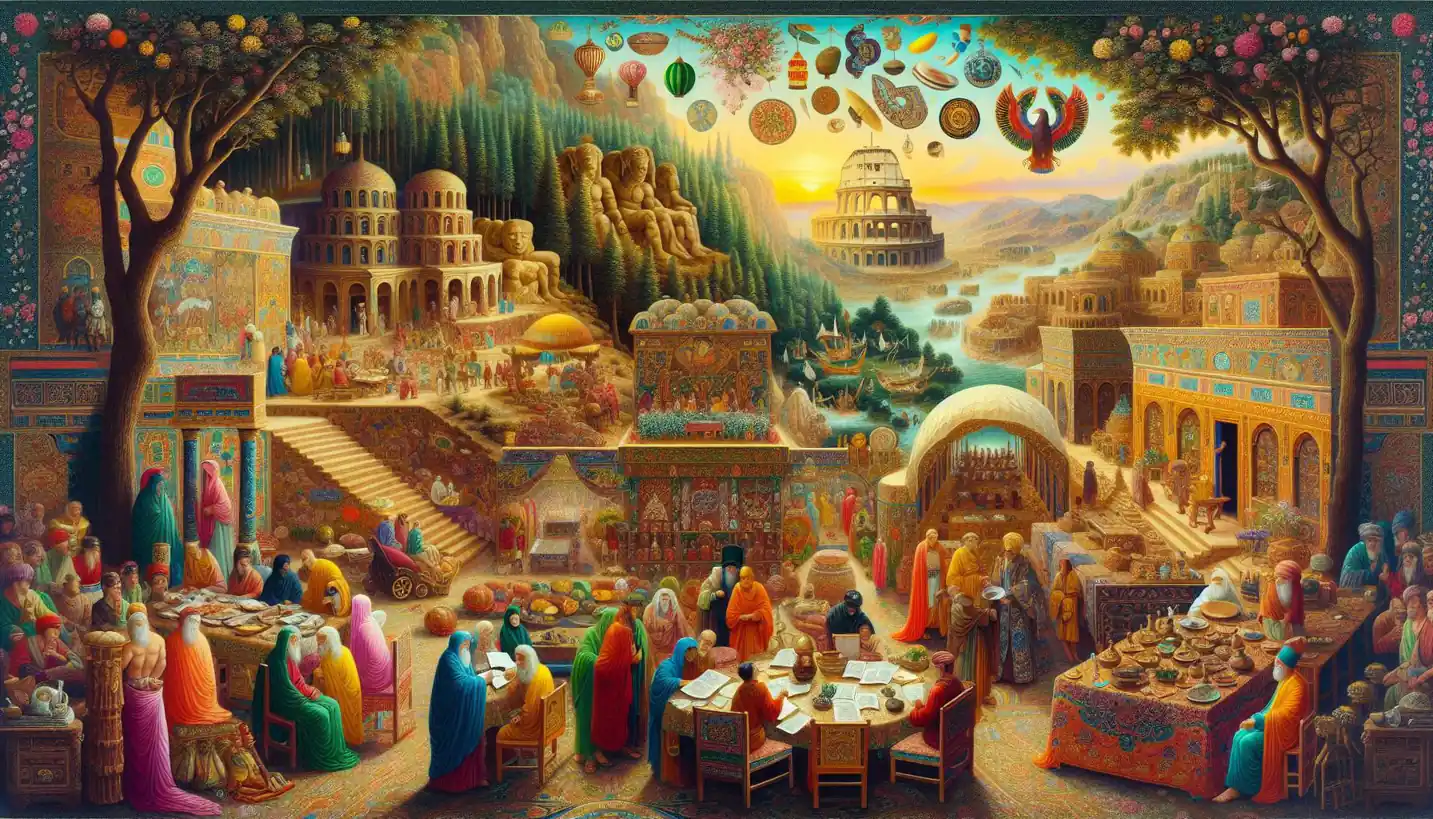· History · 4 min read
Idle No More: A Movement Changing the Course of Indigenous History
Engage with Idle No More, a powerful movement reshaping Indigenous history. Discover how activism and unity are changing narratives and futures.

When we think about social movements that have left a mark on history, Idle No More stands out as one of the most powerful voices for Indigenous rights. Originating in Canada, this movement has reshaped how Indigenous issues are discussed and addressed, both nationally and globally.
The Birth of a Movement
Idle No More began in late 2012, sparked by a group of four women: Sylvia McAdam, Nina Wilson, Sheelah McLean, and Jessica Gordon. These women were deeply concerned about legislative changes proposed by the Canadian government that threatened environmental protections and Indigenous sovereignty. They started by organizing teach-ins to educate people about these issues, and before long, their message resonated far and wide.
Imagine a ripple turning into a wave. That’s exactly what happened with Idle No More. It began as a small initiative and quickly grew into a nationwide movement, capturing the attention of not just Indigenous communities but also the mainstream population.
Understanding the Core Issues
At its heart, Idle No More is about protecting the land and upholding the rights of Indigenous peoples. The initial spark was the introduction of Bill C-45 in Canada, part of the omnibus budget implementation process. This bill proposed changes to the Navigable Waters Protection Act, reducing the number of protected waterways. With so many Indigenous communities living by and relying on these waterways, the implications were significant.
For Indigenous peoples, water is not just a resource but a sacred part of their heritage and life. Idle No More champions the belief that the earth should be cared for and respected. It’s about safeguarding their lands from exploitation and ensuring their voices are heard in decisions affecting their future.
Why the Movement Matters
Idle No More is more than a protest against a single bill; it’s about asserting the rights and dignity of Indigenous peoples everywhere. By bringing attention to treaties and Indigenous sovereignty, the movement emphasizes the importance of upholding agreements that have been long ignored or broken by governments.
It also sheds light on environmental concerns. The movement has been pivotal in raising awareness of how industrial projects, like pipelines and mining, could potentially harm Indigenous lands and ways of life. These discussions have sparked broader conversations about sustainability and responsibility.
Stories from the Frontlines
The power of Idle No More lies in the personal stories of those who participate. Take, for example, the tale of Chief Theresa Spence. In December 2012, she went on a hunger strike, attracting significant media attention and drawing even more support for the movement. Her actions emphasized the urgency of hearing Indigenous leaders and their demands for a fair and respectful dialogue with the government.
Through marches, rallies, and flash mobs often held in public spaces like malls and streets, Idle No More created a strong visual presence that was hard to ignore. These events highlighted cultural expressions, such as drumming and dancing, underscoring the rich traditions of Indigenous communities while making a powerful statement.
Wider Implications and Global Impact
Idle No More has inspired Indigenous communities beyond Canada, igniting similar movements worldwide. It has become a catalyst for change, encouraging Indigenous peoples across the globe to stand up for their rights and protect their homelands.
Social media has played a crucial role in this global reach. Platforms like Twitter and Facebook have helped spread messages quickly, enabling people to connect, share their stories, and organize events across continents.
The movement has also encouraged partnerships between Indigenous and non-Indigenous allies, fostering a sense of solidarity and shared responsibility for the future of our planet.
The Path Forward
Where does Idle No More lead us? The movement is ongoing, constantly evolving with new challenges and needs. It calls for a future where Indigenous voices are valued in policymaking at all levels. This means not just consultation but real partnership and leadership by Indigenous peoples in decisions affecting their communities.
Idle No More advocates for the recognition and implementation of Indigenous rights as defined by international agreements like the United Nations Declaration on the Rights of Indigenous Peoples. Adopting such frameworks can ensure that Indigenous communities have control over their lands, preserve their cultures, and safeguard their ways of life.
Reflection and Hope
Idle No More reminds us of the enduring strength and resilience of Indigenous communities. It compels us to reflect on the relationship between humans and the environment and the importance of cultural heritage in our shared history.
As the movement continues to thrive, it challenges us all to reconsider how we engage with Indigenous issues and to strive for a more inclusive future where every voice is heard and honored.
In a world increasingly aware of social justice and environmental concerns, Idle No More stands as a testament to the power of grassroots movements and the impact they can have in shaping history for the better.


